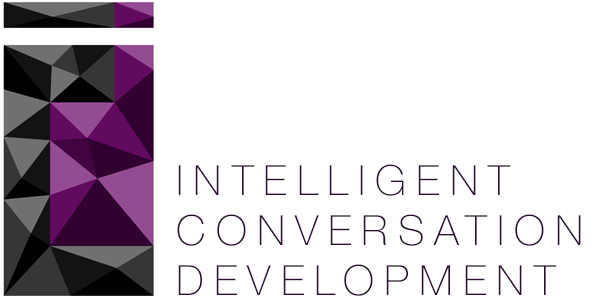Think about the last e mail you sent to an employee when you were alerting them to a mistake they had made. How did you start it? What language did you use? Was it factually correct? It didn’t really matter did it? It was just pointing out that their work hasn’t been up to standard lately.
Now take a moment to reflect on the impact on the individual. By removing the tonality and body language – in fact 93% of the message according to some research - he/she would have instinctively read that far more negatively than you intended. Our brains are much more sensitive to the state of threat than reward. In prehistoric times we learned to survive by looking out for threat, remembering the impact and how we felt and we are still programmed to think negatively more often than positively. This would have led to the amygdala within the brain (the area which deals with emotions and particularly fear) raising the individual’s cortisol levels (stress hormone), which will remain raised as they worry about the issues highlighted. This in turn will impact upon their decision making capability and ability to think straight (the blood once in his brain is now redirected to flight or fight), so ultimately leading to poorer performance and depression.
But even more interestingly recent neuroscience research shows that this pain of ‘social rejection’ causes the same reaction within the brain as physical pain and lasts longer.
So how to address this? By understanding the impact of communication on the recipient we can start to change how we work and engage. The above is a small example of one communication in a thousand during an average day, but the consequences are potentially destructive both personally and organisationally. However, by recognising the ‘motivation molecule’, real name dopamine, we are able to redress the balance. Dopamine is released when we achieve a goal and experience that ‘I did it feeling’, so motivating us to perform for longer and pushing us to achieve more. How much more productive would your team be if you really understood their strengths and weaknesses through in depth discussion and set short and mid term goals?
So, back to the e mail at the beginning, what if we were to take a minute and give a thought to the wording, the content, the impact on the recipient? A constructive email will be so much more productive than a destructive one on all fronts.
We are ever more different in the workplace: greater age variance, gender, culture, sexual orientation, but we have one thing in common – THE NEED TO COMMUNICATE.
Through understanding the power of conversation you will be able to restrict the negative input of the amygdala and build on the positive power of dopamine within your team.
At ICD we recognise the importance of communication within the workplace to inspire engaging, productive and authentic conversations. By using our unique Crucial Conversation model we will guide you in understanding others, preparing for authentic communication and enabling you to build trusting and engaging relationships – in all areas of life.

